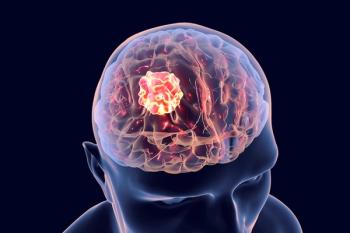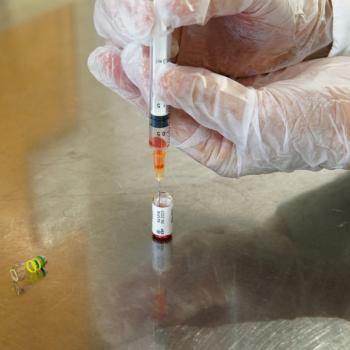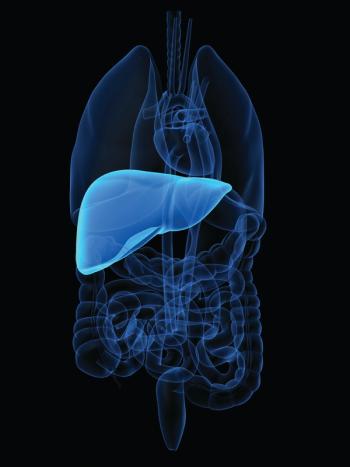
Oncology NEWS International
- Oncology NEWS International Vol 4 No 1
- Volume 4
- Issue 1
Heterosexual AIDS Cases Up Sharply, But Numbers Remain Small
BETHESDA, Md--As expected, the number of reported AIDS cases increased substantially in 1993 due to the expansion of the surveillance case definition in January of that year, but an adjusted analysis shows only a slight overall increase.
BETHESDA, Md--As expected, the number of reported AIDS cases increasedsubstantially in 1993 due to the expansion of the surveillancecase definition in January of that year, but an adjusted analysisshows only a slight overall increase.
This analysis showed a 1993 incidence increase of 3% (62,000 casesin 1993 versus 60,000 in 1992). However, a slight decrease (1%)was seen in homosexual/bisexual men, while the AIDS incidencefor intravenous drug users increased by 8%, and for heterosexualsby 23% (MMWR 43:826-831, 1994).
Still, the number of persons infected through heterosexual contactremains small (7,500 in 1993), compared with the number infectedthrough homosexual sex (30,300) or IV drug use (17,800).
The report also showed significant geographic differences in AIDSincidence trends. Although the number of cases contracted throughheterosexual sex rose in all four regions of the country, theincreases varied widely, from 11% in the South to 39% in the Northeast.
The incidence among IV drug users increased in the Northeast,where most lived when diagnosed, but remained stable in the Southand West. The number of homosexual cases decreased in the Westwhile remaining stable in the Northeast, South, and Midwest.
Articles in this issue
almost 31 years ago
MDs Fear Managed Care Equals Lower-Quality Carealmost 31 years ago
Dallas Medical Center Launches Umbilical Stem Cell Projectalmost 31 years ago
Navelbine Receives FDA Approval for Advanced Non-Small -Cell Lung Canceralmost 31 years ago
Ethyol Approved for Use in the UKalmost 31 years ago
Success of Breast Conserving Surgery Is Not Diminished in Community Settingalmost 31 years ago
Assessment Tools Are Essential to Improve Management of Painalmost 31 years ago
Undertreating Pain Costs Money in the Long Run, Physician Warnsalmost 31 years ago
After 5 Years as Head, Dr. Broder Plans to Resign His Post at NCIalmost 31 years ago
EORTC Endometrial Ca Trial Challenges Findings From GOGNewsletter
Stay up to date on recent advances in the multidisciplinary approach to cancer.


















































































